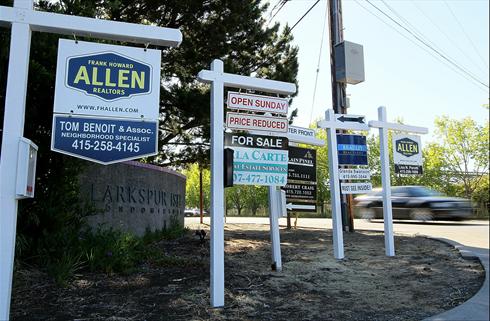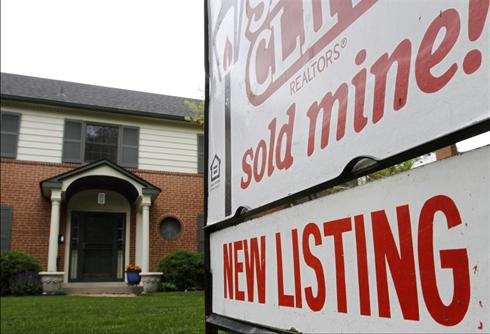Vaughn Palmer
Sun
One year after Premier Gordon Campbell won a third term by promising to make the economy the No. 1 priority, he can point to some encouraging news on that front.
“B. C. and Ontario will lead all other provinces in economic growth this year,” the Conference Board of Canada reported Monday.
“The economic impact of the Olympics will add roughly 0.7 percentage points to the province’s bottom-line growth this year. But it is the vast improvement in the forestry, manufacturing and construction sectors that will solidify the economic recovery.”
Almost simultaneously comes news that for the first time in four years, U.S. lumber prices have recovered sufficiently to eliminate the export tax penalty on shipments from Canada.
The recovery in forestry, like other sectors, is expected to vary widely across the province, nor is it sure to last. Sporadic and iffy would be more like it. Still, the evidence to date supports the narrative that Campbell offered to voters a year ago.
“The most important election in a generation,” he called it. “On May 12 you will choose whether to build confidence in B.C. that will provide more opportunities for our citizens, or whether to choose an Opposition that will destabilize our economy and cost jobs in every region of the province.”
Campbell thus seized on the one issue that the opinion polls had consistently identified as his strongest suit in running against the New Democratic Party. Moreover, by the end of a losing campaign, NDP leader Carole James came to agree with the B.C. Liberal leader about the deciding factor.
“I think it’s clear the economy was an issue,” she told reporters as the votes were still being counted on election night. “People felt they wanted someone with experience who had been in the premier’s chair already. I think that’s very clear.”
So Campbell won an election on the question of who could best preside over the economy. A year later, B.C. is poised to lead the country in economic growth. And if that were all that counted in the intervening 12 months, the premier ought to be on top of the world, never mind the opinion polls.
Except, of course, it hasn’t worked out that way.
One year after the election, the B.C. Liberals are racking up their worst polling numbers in years, the New Democrats their best.
Most astonishing of all, the 2010 Winter Olympics, far from generating the anticipated multibillion-dollars‘ worth of good news for the premier, appears to have had zero impact on his political fortunes.
Campbell waved the flag at every opportunity, wore his mittens everywhere, shouted himself hoarse, and nevertheless emerged from the Games spotlight with some of the most wretched leadership ratings in a generation.
In the most recent Angus Reid survey, respondents branded him as arrogant (72 per cent), secretive (56 per cent), dishonest (55 per cent), and uncaring (51 per cent). ( “But other than that, how did you like the premier?” one wanted to ask the panel as a followup).
Not much doubt about what placed him on this apparent road to ruin. Scandals, program cuts, an electorate grown weary of an overbearing leadership style are among the signposts. But the turning point was the decision, announced just weeks after the election, to reverse B.C.’s long-standing opposition to harmonizing the provincial sales tax with its federal counterpart.
The surprise change of direction — a sneak attack on the electorate, no less — set in motion a taxpayer revolt that is still growing in strength.
Witness the announcement Monday from organizers of the anti-HST petition drive. After just five weeks, they are already claiming to have gathered the signatures of some 400,000 British Columbians. If all those names check out, it would be half as many people as voted Liberal in the last election.
Increasingly, the petition drive has been personalized into an attack on Campbell’s continued leadership of the province. The leader of the anti-HST campaign, Bill Vander Zalm, made that explicit when asked what would be the next step if the government doesn’t back off the HST.
Recall, he replied, but recall aimed at vacating the seat of a single member of the legislature. “The member for Vancouver-Point Grey,” meaning Campbell himself.
Intriguing. The New Democrats have talked about recalling enough Liberals to strip the governing party of its legislative majority and forcing an election that would bring the NDP to power.
Vander Zalm suggests more of a targeted approach. No need to risk opening the door to an NDP administration at this point. Rather, recall Campbell, then see if the other Liberals, once freed of the heavy hand of his leadership, would execute a change of direction on their own.
Pure mischief on the part of the former premier, to be sure.
But given the growing mood of discontent over Campbell in the governing party, I expect some Liberals might support the idea of recall, providing it were confined to a surgical strike on the premier and party leader.
© Copyright (c) The Vancouver Sun







